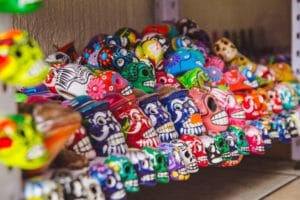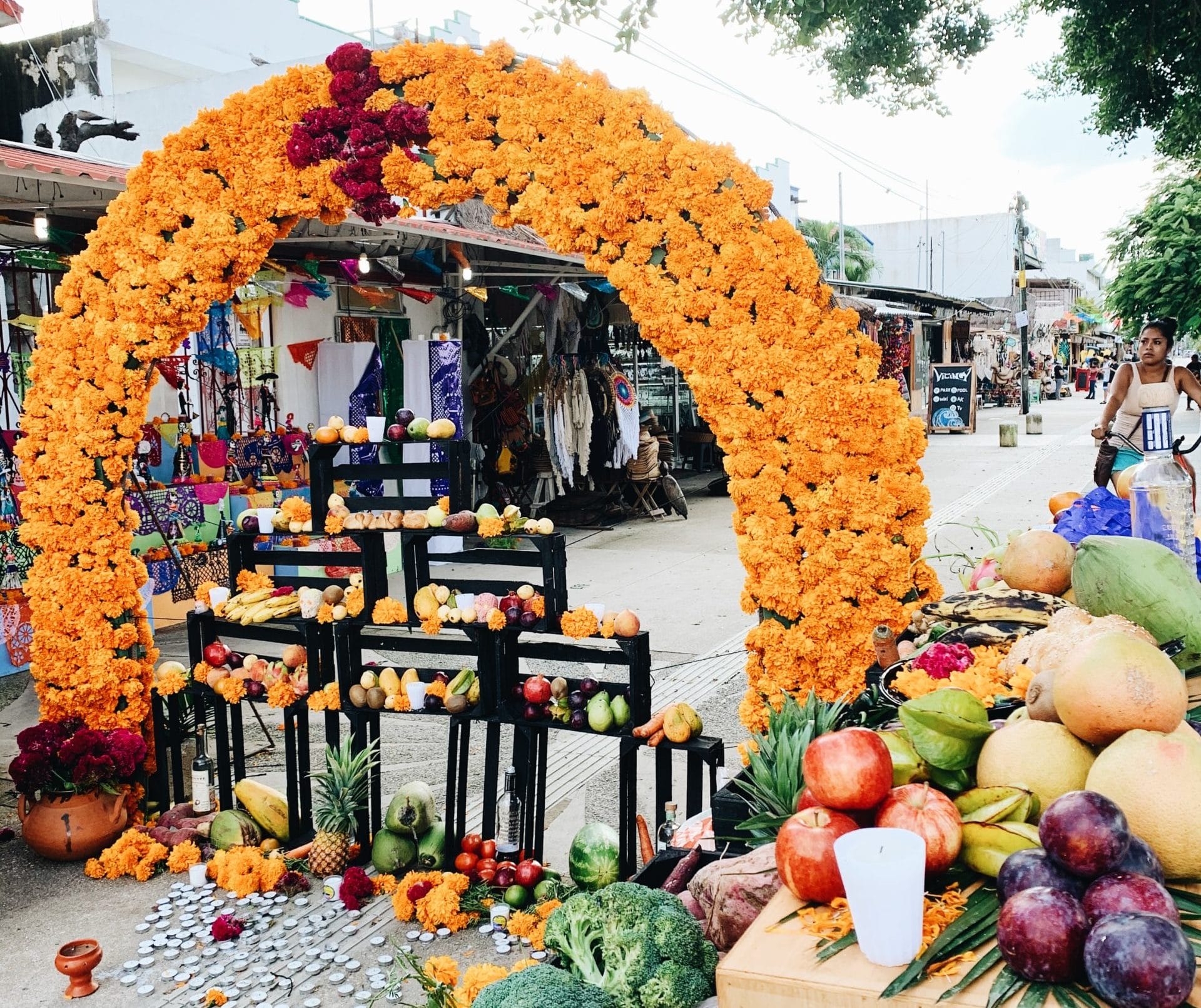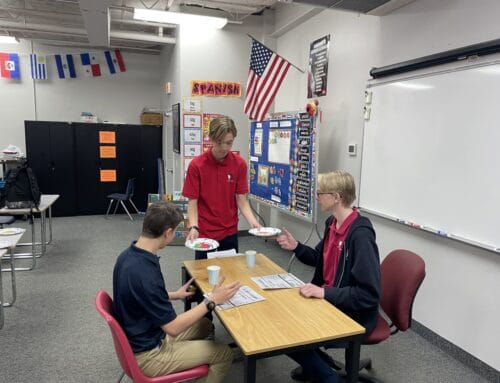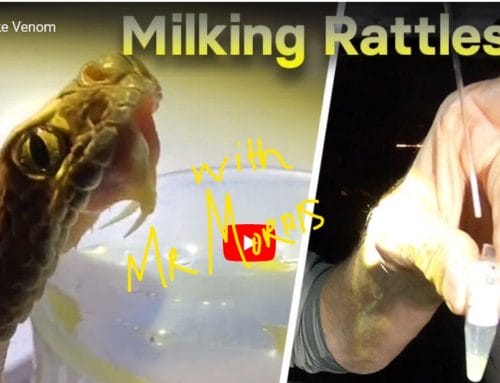By Cathy Creno
Spanish 2 and 3 teacher at Heritage Academy Laveen
If you weren’t aware before 2017 that El dia de los muertos — Day of the Dead — is celebrated every November by much of the Spanish-speaking world, Disney’s Coco likely changed that.
The colorful, adorable film is about a boy named Miguel’s search for his great-great-grandfather in a magical Land of the Dead. Although definitely Disney-fied, the story spread awareness of the holiday, which is celebrated at the start of November in many parts of the world.
Not ‘Mexican Halloween’
Although the holiday falls on the two days after Halloween – it has nothing to do with the American scarefest that falls on Oct. 31. Day of the Dead is a celebration of life and ancestry.
And, although the celebrations feature pan de muerto, decorative sweetbread baked or purchased for beloved ancestors, skulls made of sugar and fragrant marigolds, said to lead deceased loved ones home to their families, there is nothing ghoulish about the holidays.
Ancestors are remembered in loving, respectful ways that in no way resemble trick-or-treating.
Originally a harvest celebration
The Aztecs and their contemporaries in Latin America celebrated the end of summer farming with pagan festivities that appeared something like today’s Day of the Dead. These festivities were blended with the Catholic traditions of All Saints and All Souls day with the arrival of the Spanish conquistadors.
Today, Day of the Dead is typically celebrated in Spanish-speaking homes or at grave sites on Nov, 1, a day when children who have passed are honored, and Nov. 2, the day to honor adults.
Families decorate graves or home altars in honor of loved ones who have passed with photos and other memorabilia and lay out feasts of the relatives’ favorite foods.
Appreciation or appropriation?
Interest in the Dead of the Dead has grown considerably in the United States in the last decade, in part because of Coco and also because of our growing Latino population. Phoenix has its own Dia de los Muertos Cultural Coalition. View videos of its events here: http://diadelosmuertosphx.com/videos/ Social media is filled with images of the holiday and stores sell food and decorations to families that celebrate.
Teachers have traditionally included the Day of the Dead in language and history lessons. I can remember performing in a fifth grade skit about the holiday back when I was growing up in Ohio.
But present-day concerns about misunderstanding or disrespecting the cultures of others are causing teachers to examine their practices when it comes to the holiday.
It was pre-Coco when I began teaching middle school Spanish at a suburban school that prided itself on hallways filled with student-created altars and paper flowers — even though most of the students were not Latino. I suspect that in the years since I left this school, the celebrations have been modified.
Because so many of Heritage Laveen scholars have Hispanic backgrounds and deep knowledge of Day of the Dead, my lessons now focus on history and culture instead of arts and crafts. I show a Teacher’s Discovery video about a young man from Michigan who visits Oaxaca, Mexico, for the holiday and I encourage scholars who choose to talk about their own family traditions.
Here’s more information about Day of the Dead from National Geographic Kids: https://kids.nationalgeographic.com/celebrations/article/day-of-the-dead







